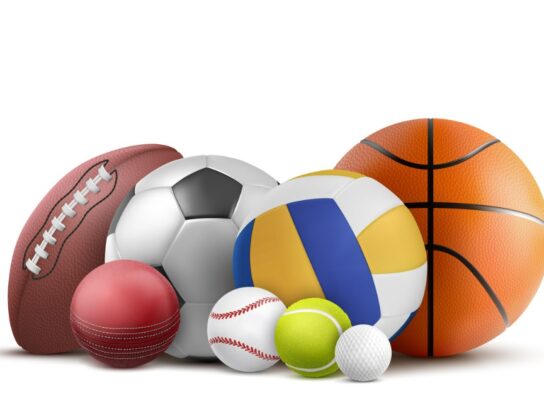
As early March rolls in, many kids are gearing up for the start of spring sports. For those who play sports year-round, the transition might be minor, especially for indoor sports. However, for younger kids or those who only play during the main season, this could be the first time they’re engaging in the sport in months.
The start of a new season can be both exciting and stressful for kids and parents alike. To make the transition smoother, there are several steps you can take to prepare.
Planning Ahead with Equipment and Logistics
Avoid last-minute equipment issues by planning ahead. Different sports require different gear, but here are some general tips:
- Shoes: Ensure your child’s cleats or sport-specific shoes still fit. Plan to go shoe shopping or order online with enough time for your child to try them on and get comfortable.
- Sport Equipment: Check common pieces of equipment to ensure they still fit and aren’t worn out. For example, baseball gloves may need to be updated as your child grows. For soccer, make sure shin guards still fit. Consult with a sporting goods store, online resources, or your child’s coach to determine if any equipment needs upgrading.
- Seasonal Changes: Be aware of any changes in equipment sizing or rules based on league regulations. For instance, soccer leagues may change the required ball size as kids get older.
Dusting Off the Rust in Skills
For kids who don’t play year-round, there might be a decrease in skill level during the off-season. Here are some suggestions to help them reacclimate:
- Play Together: Spend quality time with your child doing activities related to their sport. For soccer, play one-on-one in the backyard. For baseball or lacrosse, play catch. For basketball, practice dribbling and shooting.
- Indoor Practice: If the weather isn’t ideal, set up indoor practice with foam balls, if you have sufficient space, to avoid breaking things. For baseball, playing catch on one knee with a foam ball is a great way to practice and you can see how many balls in a row or in general the two of you can catch. Doing grounders can also work well. With basketball, foam balls can be great for dribbling if using a real one isn’t feasible. For soccer, with enough space, practicing different dribbling techniques can work well.
- Batting Practice and independent activities: Take your child to a batting cage or set up a batting station in your backyard or a local park with a tee and net. Create realistic goals to keep them motivated. Bounce back nets can be great for many sports as well.
Encouraging Motivation
It’s important to consider how your child perceives your efforts to help them. Ideally, they would be self-motivated to practice and prepare for the season. Support their inner motivation and offer opportunities to work on skills if they’re willing. Remember, the main reason kids often play sports is to have fun.







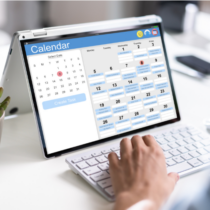



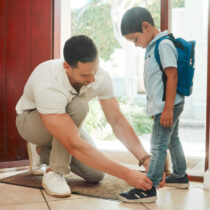


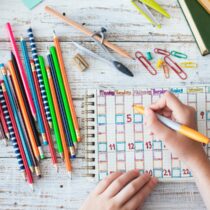














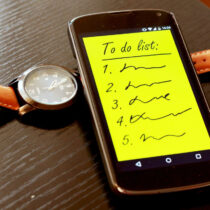









Comments are closed.